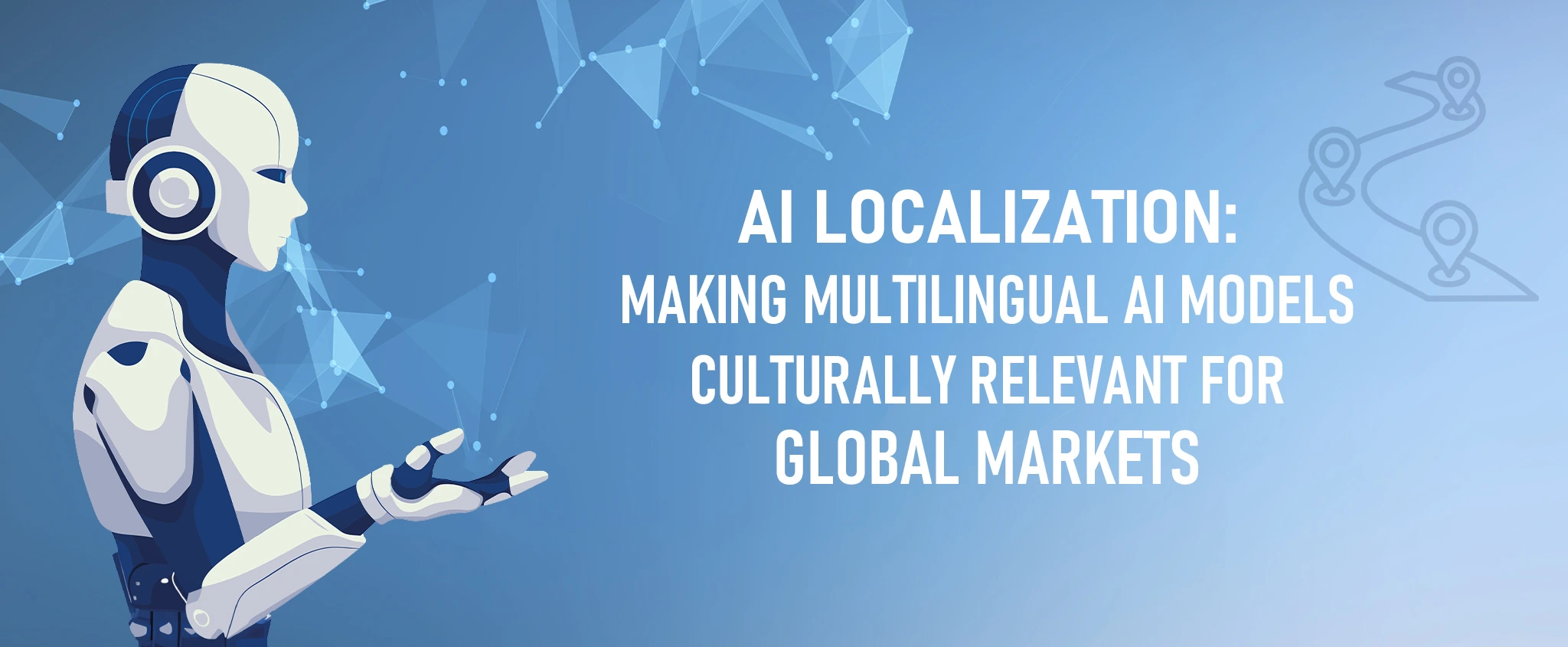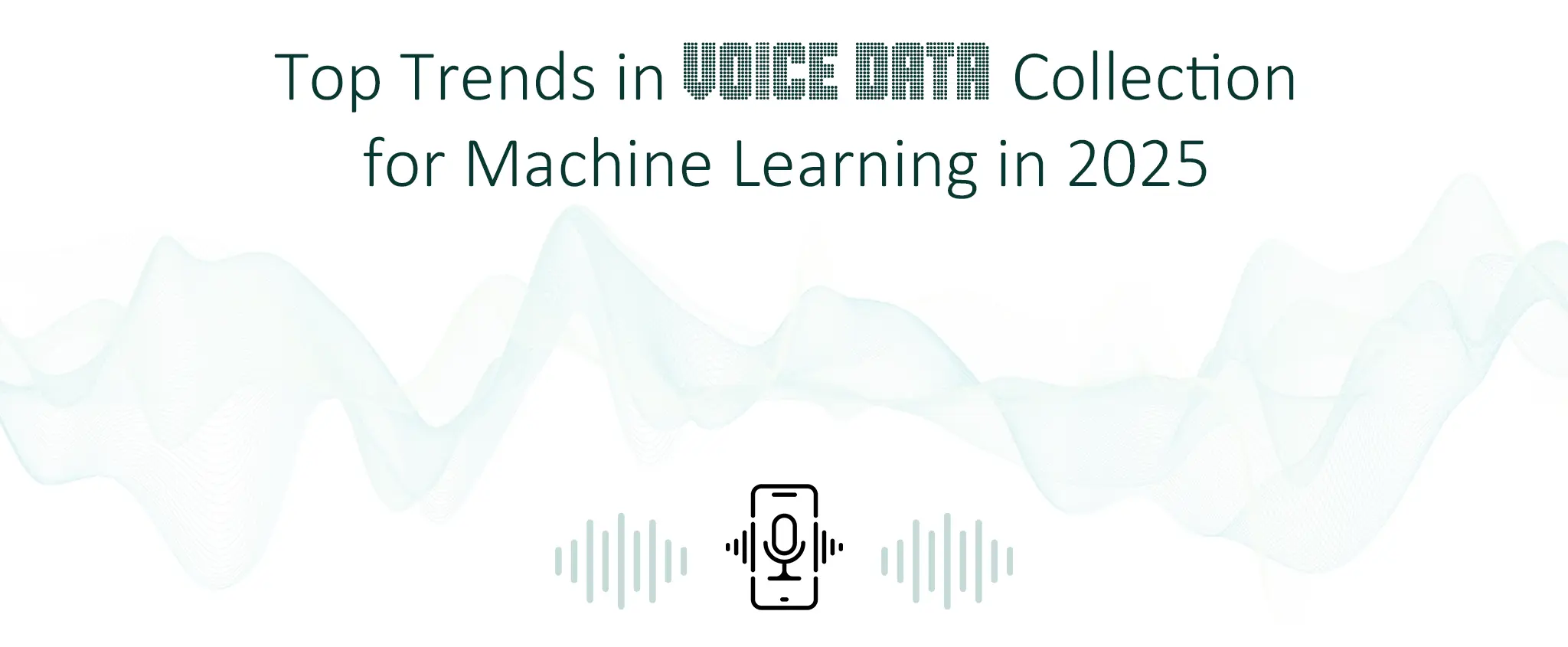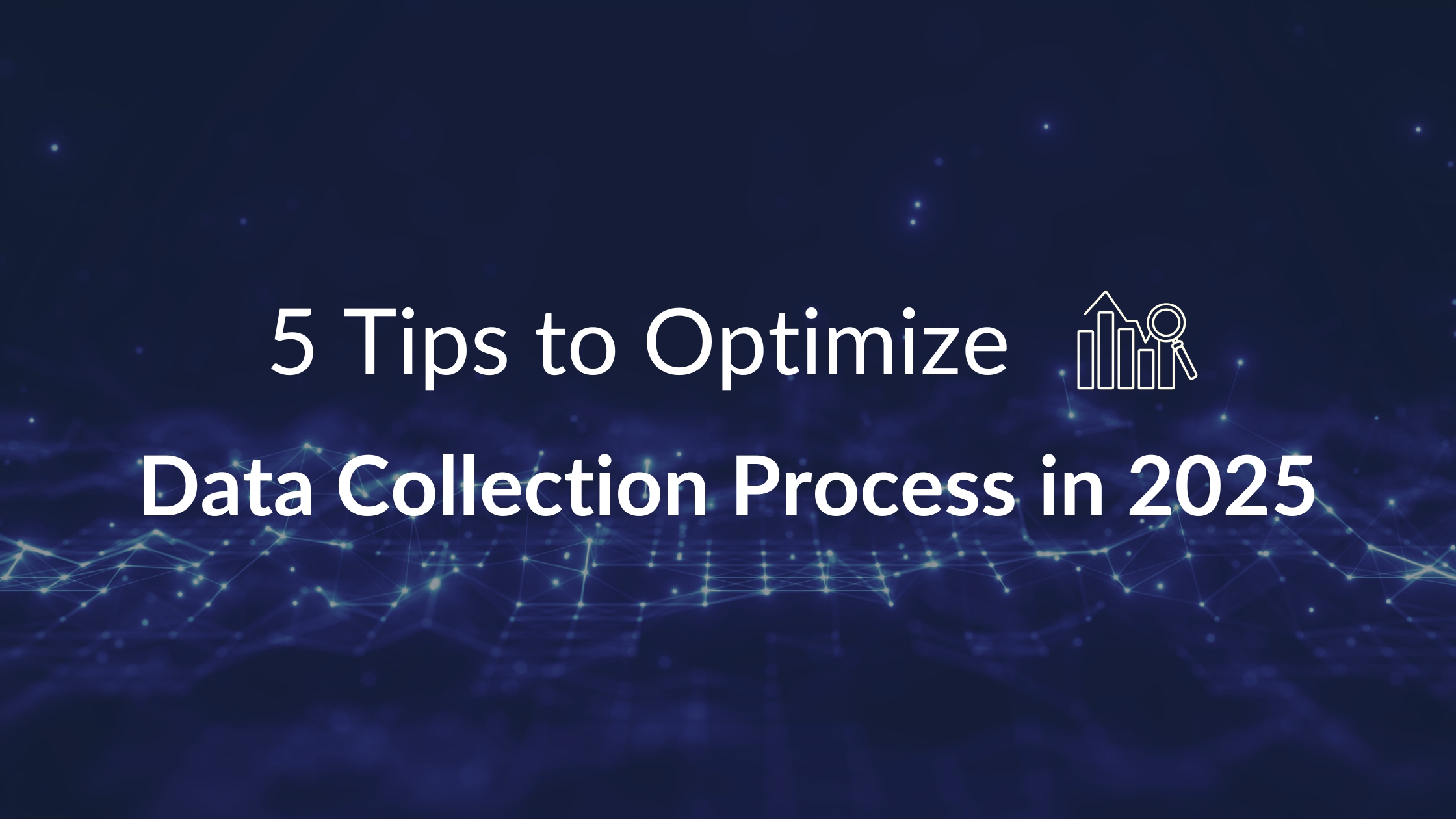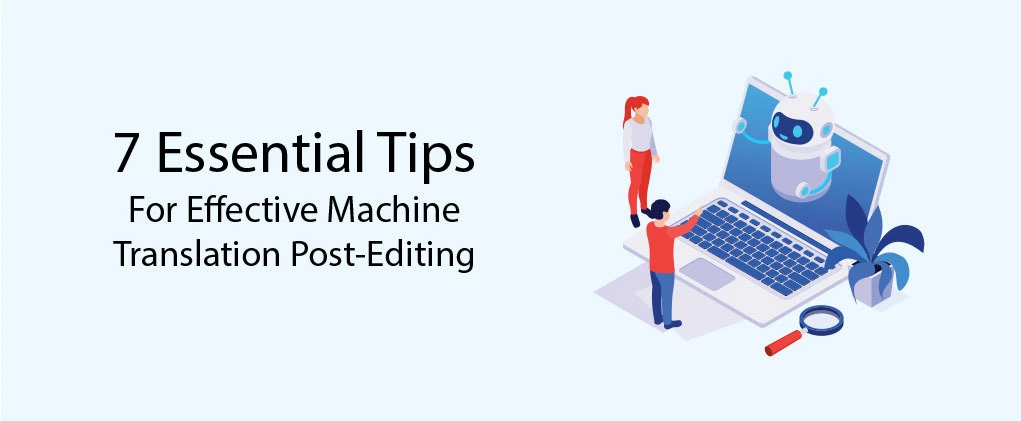Voice Data Collection: What It Is and Why It Matters in AI Training
Key Takeaways:
- Voice data collection for AI is the foundation of smart speech technology, with high-quality and diverse audio samples helping AI systems learn how humans talk.
- Voice data for AI training enables better performance in real-world applications, from virtual assistants to voice authentication.
- CCCI’s audio data collection services are vital to scaling AI voice systems, ensuring consistent, large-scale data gathering and preprocessing.
Table of Contents:
- AI Training and Voice Data Collection
- The Importance of Voice Data for AI Training
- How Voice Data Works for AI Training
- Leverage Audio and Voice AI Datasets Now
AI Training and Voice Data Collection
Artificial intelligence (AI), as we all know now, is an industry reshaping the world. We can expect the market to grow by at least 120% year-over-year, and by 2030, it will add $15.7 trillion to the global economy. These numbers prove that AI is essential, as well as AI training. Did you know that this also brings voice data collection for AI to the limelight?
On the one hand, AI training is teaching a machine to do tasks using large amounts of data. Similar to when a person learns from experience, an AI model learns by studying examples and finding patterns.
Note: The training data affects how well an AI model performs. The more relevant and high-quality this data is, the smarter the AI becomes.
On the other hand, voice data collection involves gathering audio samples of people speaking. Collection methods include recording through microphones or specialized equipment, live capturing through real-time conversations, and converting the spoken words into text.
While AI training and voice data collection are two different processes, they are closely connected. Let us explain how.
The Importance of Voice Data for AI Training
Ask Siri to set a reminder or tell Alexa to play your favorite song. In seconds, your device does exactly what you want it to do.
These actions and other voice-activated tasks are all thanks to technology powered by voice data. Behind the scenes? Massive amounts of that data train AI systems to comprehend, respond to, and recognize your voice.
Here is why voice data matters so much, and how it helps AI get more intelligent, responsive, and secure daily.
Accurate Speech Recognition
One of the most obvious uses of voice data in AI training is speech recognition. For AI to accurately transcribe what you are saying, it needs to master many examples.
- Accents and Dialects: Whether someone speaks English with a British accent or a Southern drawl, AI must distinguish the differences.
- Background Noise: Try using voice commands while walking down a busy street or in a loud office. AI trained with real-world, noisy voice samples will perform better in these conditions.
Enhanced Natural Language Processing (NLP)
Beyond just hearing the words, AI needs to understand them. Natural language processing (NLP) then takes over, and voice data plays a huge role, too.
- Intonation and Inflection: Subtleties can change the meaning of a sentence. For instance, “You’re here?” versus “You’re here.” Same words, totally different meanings.
- Pauses and Rhythm: AI must learn how people naturally speak, when they pause, and what those pauses signify.
- Emotional Tone: Voice data helps AI pick up on whether someone is angry, happy, stressed, or confused, enabling more empathetic and appropriate responses.
Imagine a customer service bot and a frustrated caller’s voice. Instead of giving more generic answers like “I am sorry for the inconvenience,” AI can automatically escalate the call to a human agent to improve user experience.
Better Voice Authentication
Just like a fingerprint, your voice has unique characteristics. Audio AI datasets make it possible to recognize these features. As a result, you get another layer of security, preventing unauthorized access to devices, accounts, and other resources.
For instance, some banking apps let users open their accounts through voice verification, speeding up the login process. Remembering passwords could be a thing of the past.
Diverse and Representative Data
To really work in the real world, AI systems need training data representing real-world users. They should be able to understand people from New York to Nairobi, so collecting samples across many languages and regional speech patterns is key.
Moreover, think about the male, female, young, and old groups. Each speaks differently, and including all voices ensures fairness and accuracy. Diverse voice data avoids bias, which may lead to misunderstandings or exclusion of certain groups.
Real-World Applications
You might be surprised how many everyday tools rely on AI trained with voice data. We have already mentioned virtual assistants like Siri and Alexa customer service bots, and banking apps; the following (and a lot more) also deserve recognition:
- Voice-controlled smart devices, such as TVs, thermostats, and cars
- Accessibility tools, such as speech-to-text apps for individuals with hearing or motor impairments
- Real-time translation apps that convert spoken language instantly for multilingual communication
In short, voice data teaches AI to understand how humans speak and do it well. And that is why it matters.
How Voice Data Works for AI Training
Now that it is clear that voice data is important, let us explore how it actually works in AI training. It is not simply feeding a recording machine random sound clips and hoping for the best. Training AI with voice data involves a detailed pipeline of steps.
Step 1: Data Collection
Gathering a large and diverse dataset of human speech comes first. Voice data may come from various sources, such as audiobooks, podcasts, and voiceover or conversational recordings. Depending on your AI’s intended use, it could have a specific accent of a specific language, a particular speaking style, or emotional tones.
Pro Tip: Invest in CCCI’s professional speech data collection services to save time and other resources without sacrificing quality.
Step 2: Data Preprocessing
After collecting voice data, proceed to cleaning it up. Remove background noise like static, traffic, or echo, normalize volume so all recordings are at a similar loudness level, and segment speech into smaller units, such as phonemes, syllables, or complete sentences.
Why bother with preprocessing? Because messy data leads to messy results. Clean, structured data allows the AI model to focus on the actual speech patterns, not distracting noise or inconsistencies. Professional audio data collection services can ensure this type of data quality, too.
Step 3: Model Training
Next, go into the real “learning” part. AI voice systems use deep learning models, especially neural networks, to study the processed speech data. These models look for patterns in how words sound, how they are pronounced, and how speech flows.
Supervised learning often takes place in this stage, where each voice clip is paired with its corresponding text. The model, then, associates the two. The goal is for the AI to grasp how to go from text to speech in a way that sounds fluid and lifelike.
Pro Tip: Prepare to spend days or even weeks on this step. It takes a lot of computing power, depending on the dataset’s size and complexity.
Step 4: Voice Synthesis
Once the model is trained, it is ready to generate speech from written text, a process known as text-to-speech synthesis. At this stage, the AI may do the following:
- Use its learned knowledge of phonemes and speech patterns
- Add natural-sounding elements like pauses, intonation, and rhythm
- Create a complete spoken output that sounds remarkably human
Customization is possible. Fine-tune the model to meet preferences, from a calm, soothing female voice with an Australian accent to a high-energy male voice with a French accent.
Step 5: Evaluation
Work does not end after training the AI model. Adjust parameters to enhance pronunciation accuracy or emotional expression, and evaluate them using real users or benchmark tests to rate fluency, clarity, and realism.
Pro Tip: Regular evaluation is critical, especially as voice models are present in sensitive applications like healthcare, education, or accessibility tools.
Leverage Audio and Voice AI Datasets Now
Voice data collection for AI training is detailed, data-heavy, and surprisingly human. From sourcing real-world speech through speech data collection services to teaching machines how to talk like us, the process is a powerful blend of technology and linguistics.
At CCCI, we boost our data collection services through expert MTPE and human translation. Our team is eager to help you get and make the most of datasets that will guide your AI models. Let us work together to develop and amplify exceptional AI voices across all kinds of industries! Contact us today.






